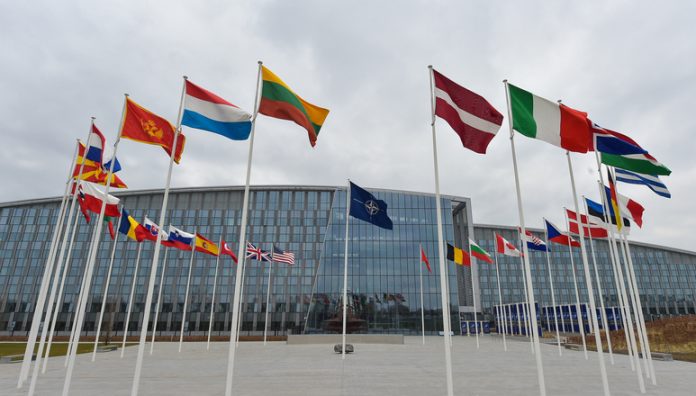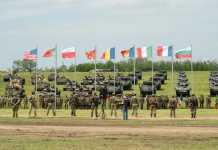The Pentagon and its NATO allies are now shaping a future alliance posture to accommodate a different global dynamic following Russia’s invasion of Ukraine.
US Defense Secretary Lloyd Austin met with NATO Secretary-General Jens Stoltenberg at the Pentagon to solidify collaborative plans to ensure the alliance remains firm and well resourced to confront a continued Russian threat.
NATO Forces
Following the invasion of Ukraine many European countries have not only contributed funds and weapons to Ukraine but have also increased their own defense spending in response to a new European threat landscape.
“Let me just say that spending 2% of [gross domestic product on defense] is a floor and not a ceiling,” he said.
“It’s also important to increase the amount of common funding so that NATO has the resources that it needs to accomplish the tasks our leaders assigned us, and we fully support your efforts and applaud your efforts to ensure that NATO has the resources that it needs,” Austin said, according to a Pentagon report.

Secretary of Defense Lloyd J. Austin III continued discussions with NATO Secretary General Jens Stoltenberg as the alliance faces challenges from Russia and the need to agree on a new strategic concept for the alliance.
Consistent and sustained military funding from NATO members would not only ensure a strong ready force but also further fortify collaborative modernization efforts, multinational interoperability and a massive expansion in potential areas of operation.
Strong European NATO members also add sizable deterrence advantages to the West given that they are on the same continent as Russia and in position to respond quickly.
The dissolution of the INF Treaty means countries such as Poland and even Germany to some extent can operate medium-range missiles capable of striking Russia from as far as 600 to 1,000 miles away.
Key NATO allies such as Poland and Germany, for example, are not only increasing the size and technological sophistication of their respective militaries but also acquiring US-built systems capable of ensuring multinational connectivity.
Abrams Tank & F-35
Both Poland and Germany, for instance, are acquiring F-35s and Poland will soon be receiving export variants of the famous US Army Abrams main battle tank.






